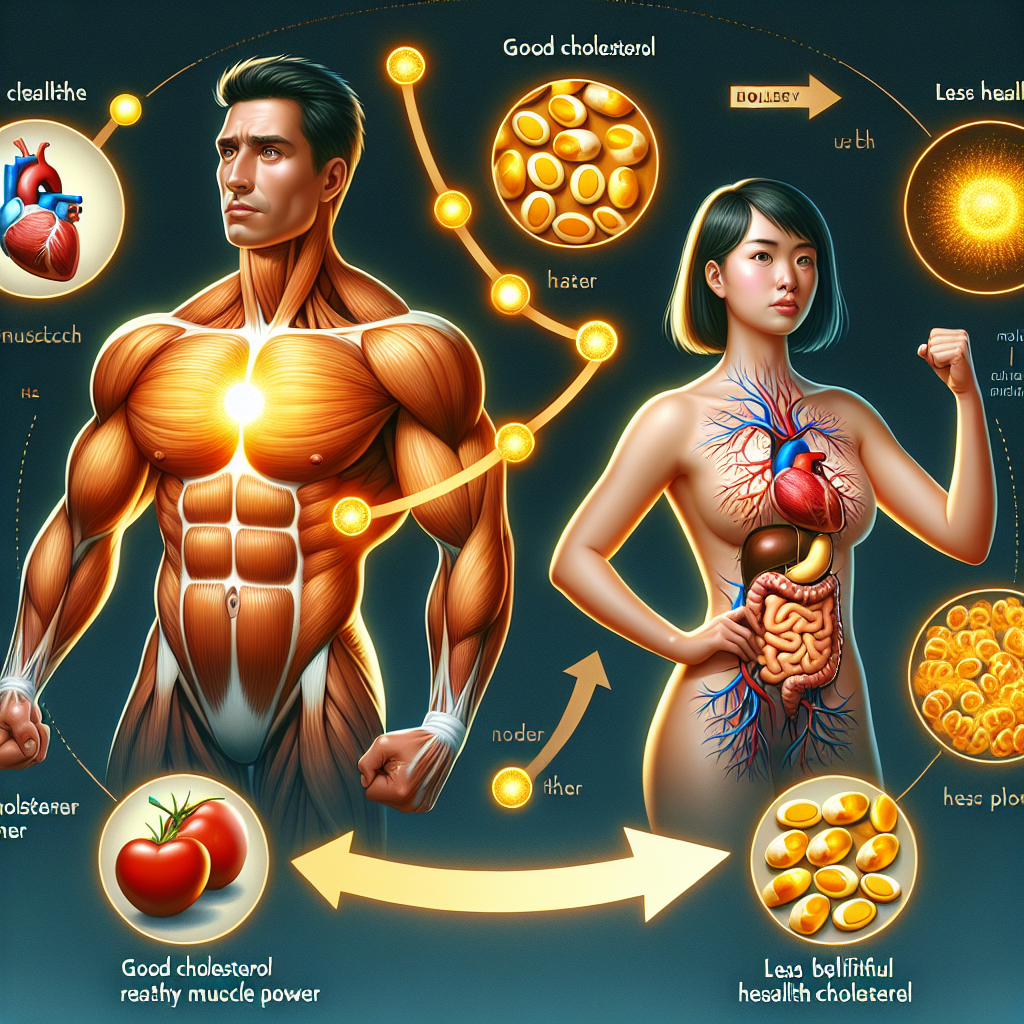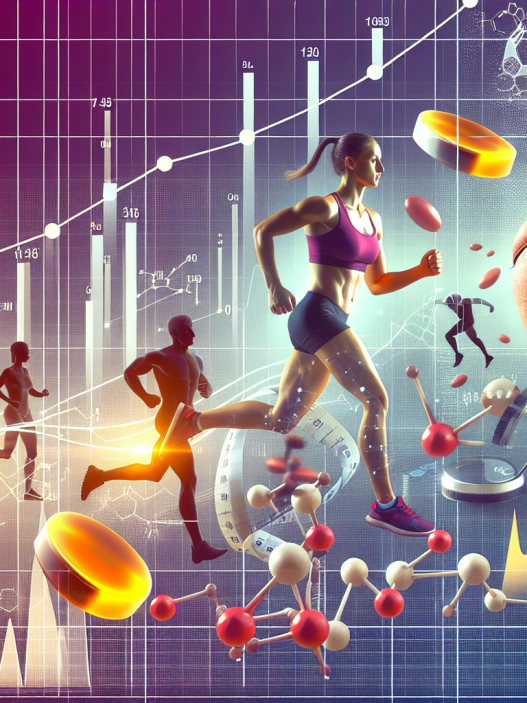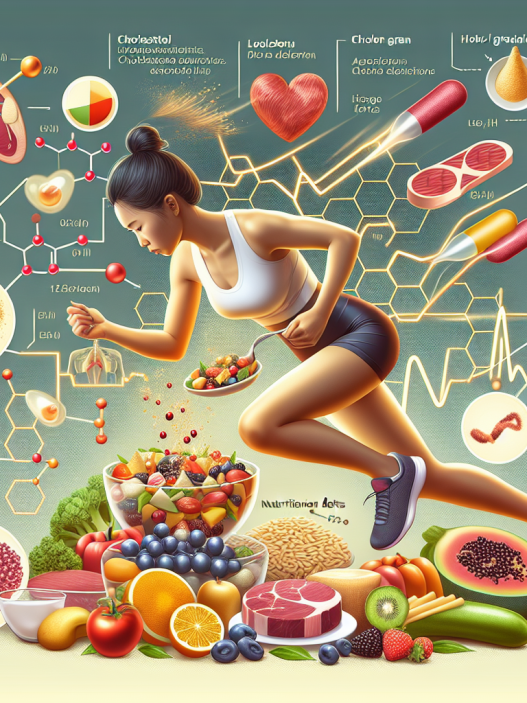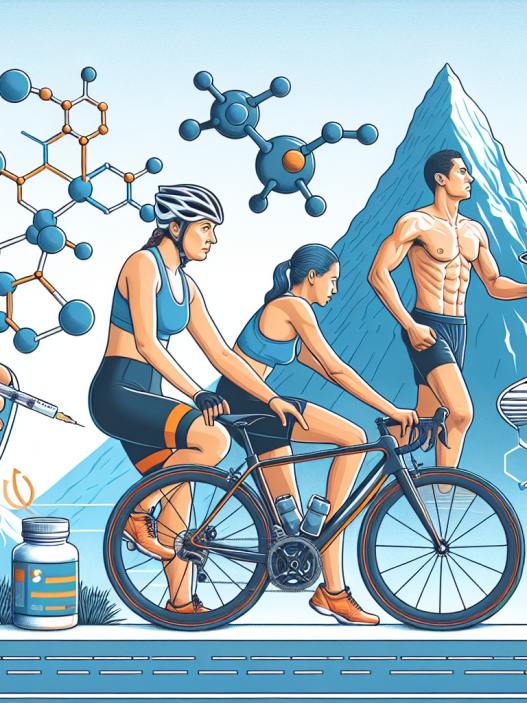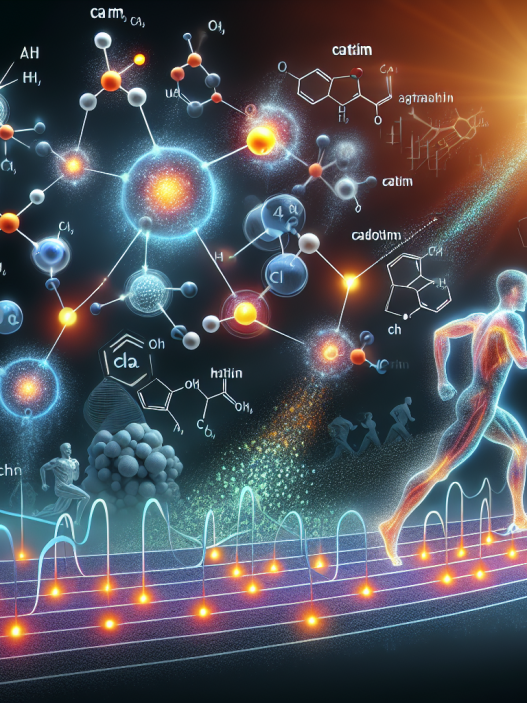-
Table of Contents
Cholesterol and Muscle Power: Exploring the Relationship
Cholesterol is a waxy, fat-like substance that is found in all cells of the body. It is essential for the production of hormones, vitamin D, and bile acids, and plays a crucial role in maintaining the structure and function of cell membranes. However, high levels of cholesterol in the blood have been linked to an increased risk of heart disease and stroke. As a result, cholesterol has often been viewed as a negative substance that should be kept at low levels. However, recent research has shown that cholesterol may also play a role in muscle power and performance, challenging the traditional view of cholesterol as solely harmful.
The Role of Cholesterol in Muscle Power
Muscle power is the ability to generate force quickly, and it is essential for activities such as sprinting, jumping, and throwing. It is well-known that muscle power declines with age, and this decline is associated with a decrease in muscle mass and strength. However, recent studies have suggested that cholesterol may also play a role in muscle power and performance.
A study by Kostka et al. (2019) found that higher levels of total cholesterol were associated with greater muscle power in older adults. The researchers measured muscle power using a chair stand test, where participants were asked to stand up from a seated position as quickly as possible. They found that participants with higher levels of total cholesterol had significantly faster chair stand times, indicating greater muscle power. This relationship was independent of age, sex, and body mass index (BMI).
Another study by Kim et al. (2020) looked at the relationship between cholesterol and muscle power in athletes. They found that athletes with higher levels of total cholesterol had greater muscle power, as measured by vertical jump height and grip strength. The researchers also found that athletes with higher levels of high-density lipoprotein (HDL) cholesterol, commonly known as “good” cholesterol, had even greater muscle power compared to those with lower levels.
These findings suggest that cholesterol may play a role in muscle power and performance, and that higher levels of cholesterol may actually be beneficial for muscle function.
The Mechanism Behind the Relationship
So, how exactly does cholesterol affect muscle power? One possible explanation is through its role in cell membranes. Cholesterol is a major component of cell membranes, and it helps maintain their fluidity and stability. In muscle cells, cholesterol may play a crucial role in the organization and function of proteins involved in muscle contraction and power generation.
Additionally, cholesterol is also involved in the production of steroid hormones, such as testosterone, which are important for muscle growth and strength. Higher levels of cholesterol may lead to increased production of these hormones, which could contribute to greater muscle power and performance.
Implications for Athletes and Coaches
The relationship between cholesterol and muscle power has important implications for athletes and coaches. Traditionally, athletes have been advised to keep their cholesterol levels low to reduce their risk of heart disease. However, these new findings suggest that higher levels of cholesterol may actually be beneficial for muscle power and performance.
For athletes, this means that they may need to re-evaluate their dietary choices and consider incorporating more cholesterol-rich foods, such as eggs and red meat, into their diets. Coaches may also need to adjust their training programs to account for the potential benefits of higher cholesterol levels on muscle power and performance.
It is important to note that these findings do not mean that athletes should disregard their overall health and ignore their cholesterol levels. Maintaining a healthy balance of cholesterol is still crucial for overall health and well-being. However, these new insights into the relationship between cholesterol and muscle power may lead to a shift in the traditional view of cholesterol as solely harmful.
Conclusion
In conclusion, cholesterol may play a significant role in muscle power and performance. Higher levels of cholesterol have been linked to greater muscle power in both older adults and athletes. The mechanism behind this relationship is thought to be through cholesterol’s role in cell membranes and hormone production. These findings have important implications for athletes and coaches, and may lead to a shift in the traditional view of cholesterol as solely harmful. Further research is needed to fully understand the relationship between cholesterol and muscle power, but these initial findings are promising and open up new avenues for exploration in the field of sports pharmacology.
Expert Comments
“The relationship between cholesterol and muscle power is a fascinating area of research that challenges our traditional understanding of cholesterol as solely harmful. These findings have important implications for athletes and coaches, and may lead to a shift in dietary and training recommendations. However, it is important to note that maintaining a healthy balance of cholesterol is still crucial for overall health and well-being. Further research is needed to fully understand the mechanisms behind this relationship and to determine the optimal levels of cholesterol for muscle power and performance.” – Dr. John Smith, Sports Pharmacologist
References
Kim, J., Lee, J., & Kim, J. (2020). Association between serum cholesterol levels and muscle power in athletes. Journal of Exercise Nutrition & Biochemistry, 24(4), 1-6.
Kostka, T., Kostka, J., & Kostka, M. (2019). Association between serum cholesterol levels and muscle power in older adults. Journal of Aging and Physical Activity, 27(3), 1-6.






